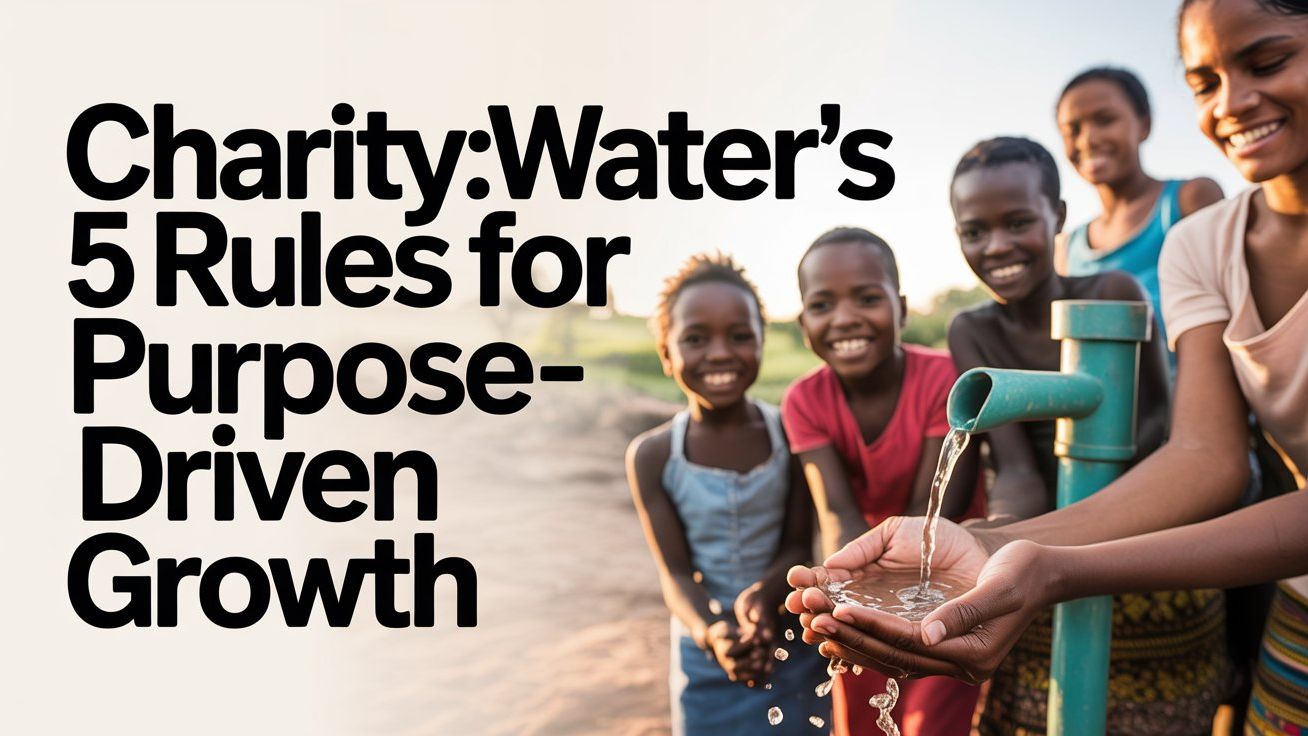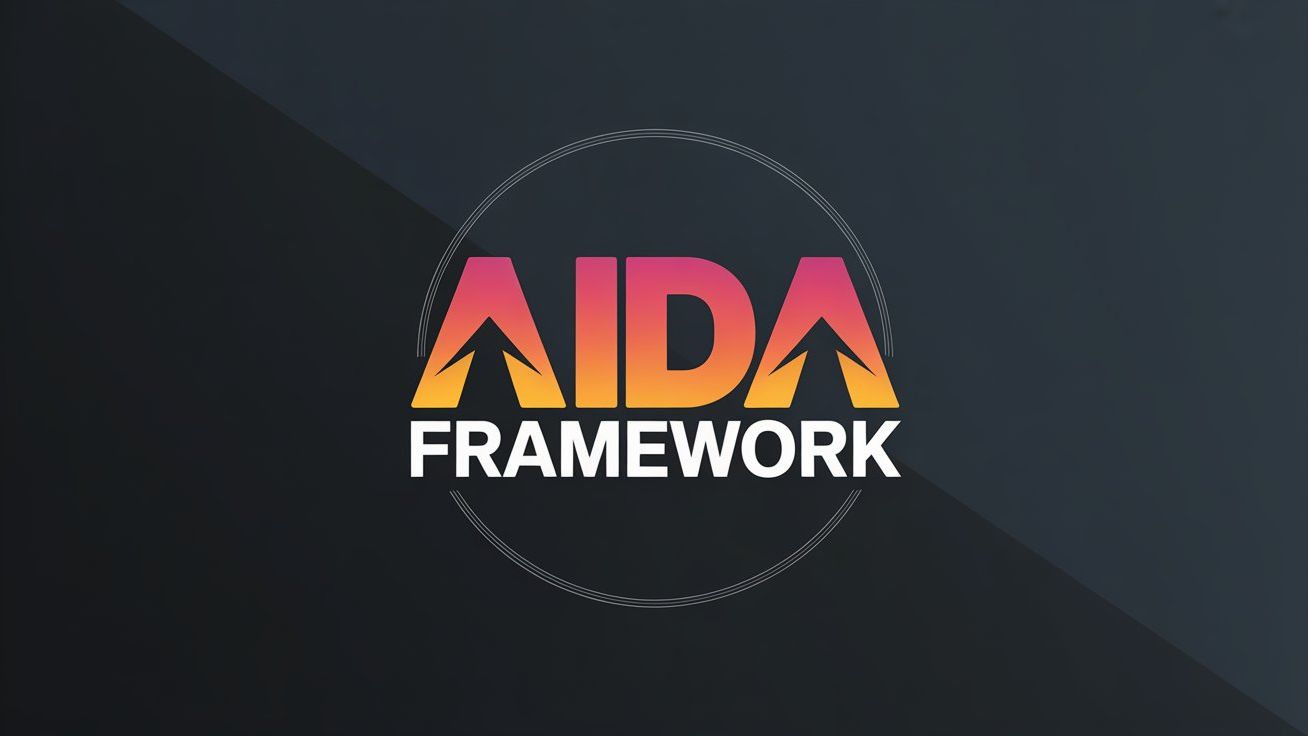
StoryBrand For Nonprofits: How To Increase Engagement
Jul 05, 2024As a leader of a ministry nonprofit you pour you heart and soul into you mission, striving to make the world a better place. But sometimes, getting your message across effectively can feel like an uphill battle. This is where StoryBrand for nonprofit messaging comes in handy, providing a clear plan to create engaging campaigns and communications.
It can be the powerful tool to bridge that gap, empowering you to connect with donors and supporters deeply. Using StoryBrand for nonprofits isn’t just about creating flashy taglines; it’s about crafting a compelling narrative where your audience becomes the hero.
Table Of Contents:
- Understanding The Why
- Your Ministry Nonprofit As The Guide
- The 7 Parts Of StoryBrand For Nonprofits
- 1. Defining Your Hero - The Character
- 2. The Obstacles On Their Path - Their Concerns
- 3. Your Nonprofit As The Guide, Not The Hero
- 4. The Call To Adventure - A Plan Of Action
- 5. How We Get Started - Clear Call To Action
- 6. Hope For The Future - What Does Winning Look Like
- 7. Avoid The Consequences - The Failures We Want To Avoid
- A Real-World Example
- FAQs about StoryBrand for Nonprofits
- Final Thoughts
Understanding The Why
Why is storytelling so darn effective? Science tells us our brains are hardwired for it. Think back to the last time you got sucked into a captivating movie.
The captivating plot, the relatable characters facing challenges – we're wired to resonate with stories. That’s precisely the power that the StoryBrand framework brings to the table for nonprofit organizations.
Your Ministry Nonprofit As The Guide
Think of your nonprofit as the wise guide in a classic hero's journey. You’re not the hero. Instead, the people you aim to help and the amazing individuals who support your mission are the true heroes.
To learn how to do this, you need to know the guy who wrote StoryBrand:
StoryBrand, developed by Donald Miller, is a messaging framework that helps organizations like yours clarify their message. Here's how:
When a potential donor lands on your nonprofit website, you don’t want them confused about what you do or how they can play a part. Instead, use your StoryBrand message to tell a compelling story inviting them into the narrative.
Defining Your Audience
Let’s get down to the nitty-gritty of defining your audience. Before diving into StoryBrand for your ministry's messaging, understanding who you’re talking to is essential.
For example, are you primarily looking to engage individuals who are passionate about your cause through donations? Or is your target audience more focused on becoming active community members or volunteers or participants or partnerships?
Understanding The Mission-Based Method
Now, let’s talk about two approaches you can use StoryBrand for nonprofit campaigns. One popular method centers around the organization’s mission. Take, for example, a food bank; using this approach, they are positioned as the hero—working tirelessly to combat hunger.
But there's another equally powerful method for your nonprofit messaging…
The Power Of The Engagement-Driven Method
Instead of making your organization the central figure, this method focuses on the individuals who make the mission possible. They become the heroes. This approach illustrates the incredible impact donors, volunteers, and supporters have.
Imagine a campaign focusing on how individuals' generous contributions help provide meals and hope. It's because of THEM that the work of transformation is made possible. Individual supporters are the true heroes. Empowering, right? This is how to write compelling copy that inspires action.
The 7 Parts Of StoryBrand For Nonprofits
So how do we put this into practice? StoryBrand offers a clear 7-step framework, sometimes referred to as a brand guide, to create your donor-based brandscript.
1. Defining Your Hero - The Character
This is about truly understanding the individuals you aim to engage with—your audience. Are they driven by a desire to support underprivileged children through educational opportunities, or are they passionate about protecting endangered species?
Now, put yourself in your hero’s shoes. What do they seek? Maybe it's seeing an end to childhood hunger or witnessing the preservation of pristine rainforests.
By pinpointing their aspirations and needs, you connect with future donors on a deeper level by using storytelling elements in your marketing.
2. The Obstacles On Their Path - Their Problems
What’s stopping your heroes from realizing their aspirations? Is it a lack of awareness or limited access to resources?
For instance, people might be unaware of the severity of educational inequality, or they might not know where to donate or volunteer to make the most impact out of the time and financial support? There are usually three types of problems: External, Internal, and Philosophical. Articulating all three types will help you instantly resonate with your perfect audience.
3. Your Nonprofit As The Guide, Not The Hero
This is where you come in. Show your audience that you understand their concerns and have the expertise to guide them toward solutions.
You want to be intentional in displaying (A) Empathy as well as (B) Authority regarding the circumstances and problems they are facing.Share stories of your past successes—how your signature solution have activated people to do something simple for the Gospel or your how your programs that give pastors rest & renewal have changed their mental heath, outlook, and focus for the future. This is how nonprofits work, by helping their audiences / communities solve problems that they resonate with deeply.
4. The Call To Adventure - A Plan That Makes Sense
Explain how your audience will experience the transformation you promise. The easiest way to bring your audience along is to articulate an explicit, simple, clear, and easy to follow process.
The most basic step is to create a 3-step plan that's easy to communicate and follow so that confidently understand you will guide them through the entire experience.
5. How We Get Started - Clear Call To Action
What specific action should they take? Donate? Volunteer? Participate in an awareness campaign?
If a visitor to your website doesn't immediately understand what the literally next step is for them to take, you might as well post a good bye note instead. What is the one unified call to action you want to present down any given page on your website?
I've seen nonprofits dramatically boost their website conversions just by clarifying the calls to action on their website homepage.
6. Hope For The Future - What Does Winning Look Like
Your audience needs to know how you’ll guide them to success. Do you offer mentorship programs for underprivileged youth? Or maybe organized fundraising campaigns dedicated to environmental protection?
Be crystal clear about how their support translates into meaningful action. The StoryBrand framework is designed to enhance clarity.
7. Avoid The Consequences - The Failures We Want To Avoid
Show your audience the consequences and failure in the situation that will happen without their involvement. When you miss out on illustrating what inaction's results will be, the perfect audience looses interest, zones out, and moves on.
Make it real for your audience. If they pass on the opportunity to partner with your organization, they will pass on being a part of something bigger than themselves.
A Real-World Example
Take, for instance, World Impact, which tirelessly supports urban church leaders in serving the poor.

On its website, it's implemented StoryBrand principles to communicate its message clearly and impactfully.
Visitors immediately understand the organization's goals, the challenges faced by leaders in urban cities, and how their involvement can create meaningful change.
More importantly you'll see clear call to actions for next steps whether you are a potential supporter / donor or a program participant.
FAQs about StoryBrand for Nonprofits
What are the 7 steps of StoryBrand?
The 7 steps of StoryBrand are:
- Defining Your Hero
- Identifying Their Aspirations
- The Obstacles in their Path
- Your Nonprofit as the Guide
- A Clear Path Forward
- The Call to Adventure
- A Vision of Triumph.
What is the purpose of StoryBrand?
The purpose of Donald Miller's StoryBrand is to help brands clarify their message by positioning their audience as the hero of their brand story. Nonprofit leaders can use StoryBrand to clarify their message to external audiences an nurture raving fans for their mission.
How to tell the story of a non-profit?
Telling the story of a nonprofit can be best accomplished by highlighting the problem your organization is trying to fix in the world. You should use the StoryBrand Framework as a guideline, which puts the audience (in the case of a nonprofit - a donor, participant, or supporter) as the hero of the story and not the nonprofit ministry itself.
How do I get an assessment regarding StoryBrand marketing for my own organization?
You can get a customized full report that shares more about each element of the StoryBrand Framework and recommendations for how you can take advantage of the proven messaging framework for clarify your message and drive more impact for your organization. While many companies use StoryBrand, it is equally effective for cause-driven organizations, ministries and nonprofits too. Get your own no-cost Marketing Report here.
Final Thoughts
Remember that StoryBrand for nonprofits and ministries isn't a magic bullet; it’s a framework for impactful communication. It allows nonprofits to share their stories in a way that resonates, engages, and inspires action.You can use StoryBrand on your website because it is the new front door to you ministry. But you can also use StoryBrand messaging in your emails, social, media, donor communications, training resources, and more.
By stepping into the role of guide and making your audience the hero, you empower them to be a part of something truly special. It's about forging connections that can change the world. This is good news for small businesses and global nonprofits alike.







